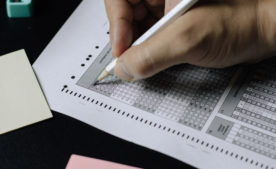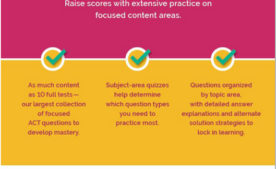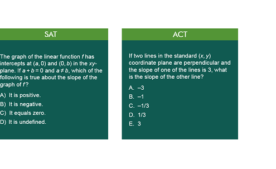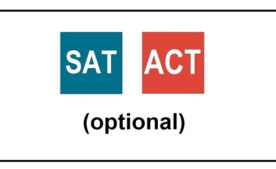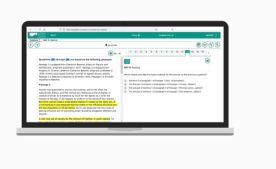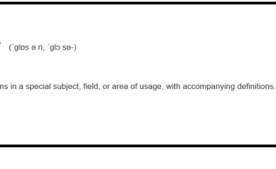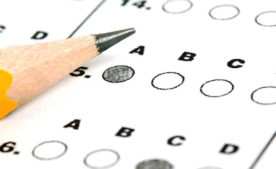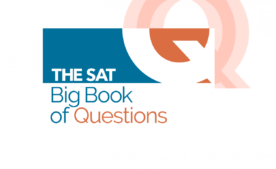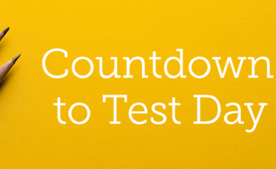Pencils down. The nation’s oldest pencil-and-paper admissions test will be taking a sharp turn toward a shorter digital administration starting in the spring of 2024 for US-based students.
Below is a brief overview of what we know so far. We will make updates as we learn more.
Class of 2025 is First for the New Digital SAT and PSAT in the US
Starting in Spring 2024 …
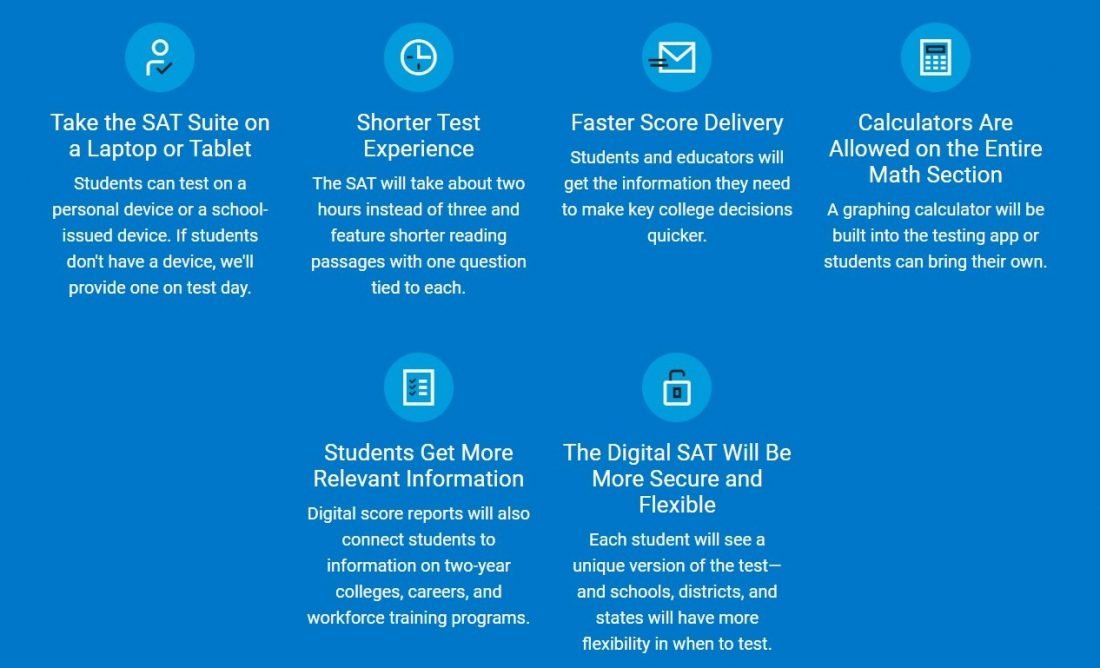
More Tech and Less Testing
The College Board will be leveraging the advantages of an adaptive test to make the SAT shorter while retaining its predictive validity and security. Let’s break down each part of this:
Currently, the SAT is a static test. On each test date, all students receive the same test form with the same questions. Also, the current test has to be long, with many questions, because the College Board needs a lot of score data on each student to get an accurate measure of their abilities. You can think of the test as a clothing store—there needs to be a huge variety of sizes and designs if the store wants to satisfy every possible customer.
The new digital SAT will be adaptive. Subject areas, like math, are broken into two modules—the first module is the same for all students, but the second module will be customized based on each student’s performance in that first module. In that sense, the new digital SAT will be more like a specialty clothing store; just as a specialty clothing store can satisfy all of its customers with a smaller inventory catered to their needs, the new adaptive digital SAT will be able to accurately measure a student’s abilities with fewer questions as it can adjust the difficulty of the questions based on each student’s performance.
With the new format, the SAT will be shortened from about 3 hours to about 2 hours. Further, there will be more time provided per question. The switch to an adaptive test will also make the SAT more secure because it will discourage students from sharing test information online, which would otherwise give advantages to the less scrupulous test-takers.
More Calculators and Less Reading
Gone will be the days when students would complain, “Why would I need to answer a math question without a calculator when I always have my phone?” While students will not be allowed to use their phones on the test, they will always have access to a calculator. The new SAT will eliminate the no-calculator section, and the digital platform will have a built-in graphing calculator. Students will also still be allowed to use their own calculators if they prefer.
Reading passages will be shortened, with only one question per passage. We can assume this will shift the focus of the reading section to comprehension skills. This change may have a significant impact on how students prepare for the reading portion of the test. The College Board plans to provide official samples and practice materials in the fall of this year, and we at Summit are already preparing thorough revisions of our SAT reading materials to offer the most accurate and advantageous prep for our students.
Scoring
The new digital SAT will continue to be scored on the current 1600-point scale. With the digital format, the College Board will be able to turn the scores around in a matter of days, instead of weeks with the current paper-based test.
Administered in Schools
Although the AP administration of 2020 may have given students hope that they would be able to take all of their online tests from home, the new SAT will only be administered at schools and testing centers. The College Board will provide testing devices to schools that do not have enough equipment. At the present time, College Board also states that students may take the test on their own device (laptop or tablet) if they prefer.
There may be some initial complications and anxiety as students and schools adjust. Fortunately, the new SAT format is likely to be less stressful for students, and the digital format should be an easy adjustment for the majority of students who prefer working digitally. The new test should also be a relief for school administrators who will no longer need to deal with the complicated logistics of ordering, administering, and sending physical tests.
How Will Students, Colleges, and ACT Respond?
The focus of this decision by the College Board appears to be attracting students to the SAT as the Test-Optional environment continues. For students who want to submit test scores as part of their applications, the main decision for students is between the SAT or ACT. The shift to a digital SAT may make that test seem more approachable and less intimidating for some students, while the ACT may appear outdated. ACT has been considering a push toward digital administration, as well, and we eagerly await their response to this news.
For colleges, the focus on standardized tests is less on their format or ease of administration and more on their predictive validity. Colleges only want to use test scores if they can accurately determine whether students are prepared for the rigor of college courses. With the new digital SAT, the College Board is ensuring that they’re preserving the predictive validity of the test, so this change shouldn’t discourage any colleges, but it likely won’t lead to a major shift of colleges requiring test scores.
Summit is Ready
For over 30 years, Summit has successfully navigated the ever-shifting standardized testing landscape, and this time is no different. We will be ready with updated test prep materials, test-taking strategies, and practice testing options to ensure that students will be ready to score to their true potential on this new version of the test.
As more information about the digital SAT is released, we’ll be sure to keep all of our constituents updated and well-informed. Stay tuned.
About Summit Educational Group
At Summit, we believe there are 3 key building blocks necessary to successfully prepare for college admissions tests: content mastery, test-taking strategy, and practice tests.
Our experienced tutors work with students to review content areas and learn how to apply these to the actual test. We also focus on understanding the patterns of the test questions and teaching test-taking techniques to give students the tools that put them in control of the test.
Our commitment is to your testing success, on your terms: a commitment to find the right tutor, to customize the optimal program, to create a schedule that works for you, and most importantly, to help you reach your potential.
Set your goals high — we’ll help you achieve them.




